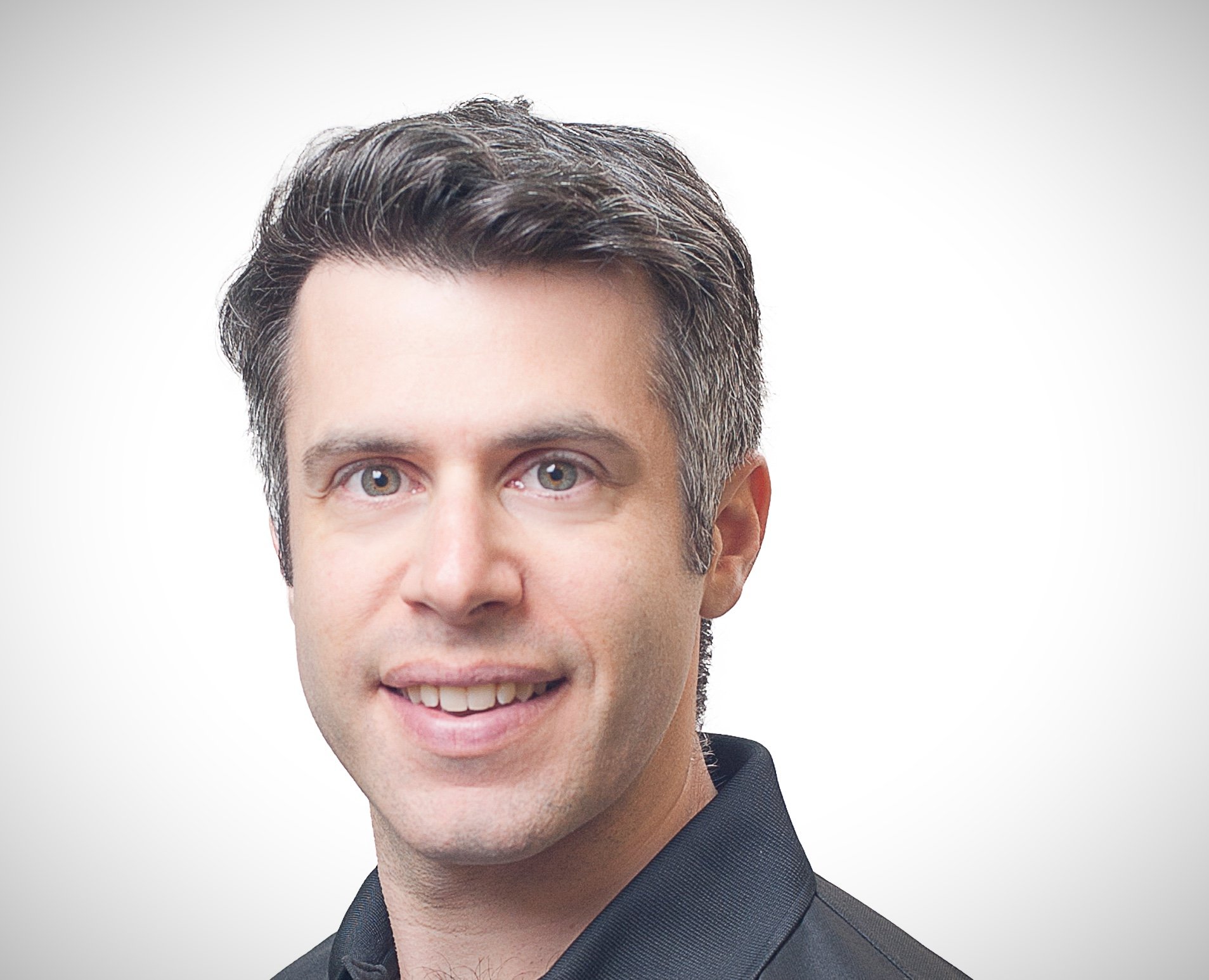The global shortage of primary care physicians is worsening, and presents a serious public health crisis. Many experts, however, believe that improvements to artificial intelligence (AI) technologies will expand access to high-quality, relatively low-cost primary health care—especially in the developing world, where the physician shortage is acute.
Primary care physicians play a crucial role on the frontlines of medicine, often serving as an initial point of contact for patients and ensuring they stay healthy over time with routine check-ups, health information, preventative care services, and specialist referrals. In the absence of an effective primary healthcare system, many patients fail to address conditions proactively, resulting in unnecessary human suffering and medical costs.

In many countries, primary healthcare gaps have already reached a boiling point. Take China, for example. Millions of patients there either can’t access or don’t trust local primary healthcare services, preferring instead to take matters into their own hands and go directly to a specialist at urban hospitals that are perpetually overcrowded. These patients are likely to wait in line for hours for a consultation that may only last minutes, leading to dissatisfaction and alarming rates of violence against health workers. Meanwhile, countries with more developed healthcare systems – like the United States and Singapore—face a growing cocktail of pressures, including aging populations and rising chronic disease.
Enter AI. Many experts believe that it will eventually drive greater efficiencies and quality improvements in all facets of care delivery, including primary healthcare. “Primary care is where AI can make the biggest difference,” says Dr. Ogan Gurel, a clinician who gave a keynote address on the need for primary care innovation at Asia Healthcare Week, an annual conference series in Singapore. “If we focus too much on narrow interventions like processing of medical images for oncology and radiology, we will just be using new tech to recreate the fragmented and overly-specialized systems of yesterday,” adds Gurel, who currently teaches at the Daegu Gyeongbuk Institute of Science and Technology, in Korea.
A recent article in the Journal of General Internal Medicine identified ten ways that AI can supercharge primary healthcare, including software applications that directly support patients, clinicians, and administrators. Meanwhile, hardware manufacturers are working to build new technologies to capture and analyze the massive bundles of health data that make AI possible. At the Techonomy NYC conference, for example, the memory chipmaker Micron discussed its efforts to build special-purpose data storage systems for health AI applications.

AI feeds off data and excels at pattern recognition in specialized contexts—like the analysis of medical images. But AI is unlikely to replicate the core functions of a primary care physician—including the simultaneous interpretation of many different types of structured and unstructured information, and the empathy necessary to understand a patient at a human level and deliver actionable advice.

“Most of medical practice defies straightforward algorithmic processing,” writes Dr. Eric Topol in Deep Medicine, a new book about the promise and peril of AI in healthcare. Topol – a cardiologist and geneticist who directs the Scripps Research Translational Institute, in California—believes that “AI presents adjunctive opportunities, offsetting functions that are more efficiently handled by machines.”
In an interview with Techonomy, Topol said he was especially excited by the use of natural language processing applications that can un-tether physicians from their computer keyboards and generate electronic notes from patient consultants. These systems would listen quietly in the background and transcribe medical conversations, then automatically organize the key points into medical records. This provides more room for direct physician-patient contact and streamlines the aggregation and analysis of patient data. It also helps the physician to spot trends and abnormalities that may be signs of an emerging medical condition.
Many of the companies working on AI applications for the primary healthcare context are focused on developed markets. But some companies are targeting the needs of physicians in emerging markets. One example is Bot MD, a Singapore-based startup that helps clinicians in countries like Indonesia and the Philippines make diagnostic and treatment decisions. It offers a chatbot-based application that uses natural language processing to interpret queries and provide rapid answers from sources that clinicians can trust. Roughly 40% of Bot MD’s users are general physicians, and more than 60% of the clinician queries are drug-related, according to the company’s CEO and co-founder, Dorothea Koh.
“Doctors in many countries often struggle to find clinically-validated information that takes into account local needs and guidelines,” Koh says. “This is not the kind of information that you can usually find quickly with a Google search—you need to be able to quickly search drug information, medical journals, clinical guidelines, and other specialized sources across multiple languages.”
Despite the potential for AI in primary healthcare, a large share of AI research and enterprise today remains focused on narrow and highly specialized tasks in radiology, oncology, dermatology, and ophthalmology. These applications may also deliver great benefits for healthcare systems everywhere, but those focused on improving primary healthcare may ultimately have the most profound impact.















